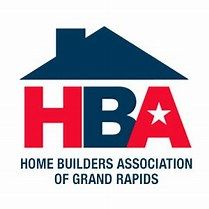Yard Damage
Yard damage
One of the least appealing aspects of having concrete work done at your home is that it often requires an existing lawn to sustain some damage. Unfortunately, yard damage of some sort is inevitable when working with existing yards. Some damage is to be expected just due to the sheer weight of the materials involved.
Most of this damage takes place during the excavation phase, rather than when the concrete is poured. Concrete removal and installation require machinery like a Bobcat, and both track and wheeled units can tear up grass. Since concrete trucks are heavy, we very rarely try to drive them into a yard.
Let’s look at a patio project that is around 400 square feet. A 400 square foot patio requires around 5 cubic yards at 4” of thickness. If there is an existing concrete patio to remove, each existing cubic yard of concrete weighs around 4000 pounds. This means we are transporting over 20,000 pounds of concrete from the patio location to our dump trailer at the road. After forming and grading, we pour a new 5 yards of concrete at 4050 pounds per yard. By the time we are done with the project, we have moved 20 tons of material across the yard.
The same idea applies to constructing a patio where grass or landscaping currently exist. This existing sod and topsoil, which weigh around 2200 lbs. per cubic yard, will need to be dug out and moved, then that same amount of weight in sand for the base will need to be brought back in, followed by the 5 yards of concrete.
Besides sheer weight, factors like location and weather conditions can also affect the extent of yard damage. Clay soil ruts easily when it is wet, but during a summer dry spell it can be almost as hard as concrete. When dry, it's almost unnoticeable when we drive across it. Sandy soil typically will not damage quite as easily when the yard is wet, but the sod rips out more easily than grass growing in clay-based soil.
Areas of the yard will show more damage where there are pinch points (small areas that we must travel through, like side yards between adjoining houses or through a gate) or areas where we need to turn machinery more sharply.
We do our best to avoid lawn damage through practical means like turning sharply as little as possible or driving in a pattern that distributes the weight over a large area rather than creating ruts by driving over the same areas. We do not use plywood to drive on, as it is easily destroyed by heavy machinery. Plywood is significantly more expensive than it used to be, and grass grows back, while plywood will not.
We do not bring in topsoil or seed ourselves. We happily provide our customers with the name of several landscape professionals will provide a quote, or they can contact one on their own.
Fixing damage to unforeseen objects in the ground is also common. While gas lines, sewer drains, and electrical service are located at a depth that is generally much deeper than we need to be concerned with, items like sprinklers, drain downspouts, pool plumbing, and dog fences aren't marked by Miss Dig services. Cable lines are marked, but usually they are so tight and close to the surface that they must be removed and rerouted.
We can usually reroute underground sprinkling ourselves on site if electrical lines are not involved. We also frequently fix and reroute downspouts and drain tiles. We have temporarily fixed cable lines as well. However, permanent cable lines fixes will need to be performed by the cable company. Sprinkler head fixes and more significant repairs involving valve boxes and electrical components will require a sprinkler company.
I am often asked “Should I have the sprinklers moved before you install concrete?”. You can, but in my experience, the results and costs are usually more if it is done ahead of time. The labor is usually less for the sprinkling company if we have already pulled up the sprinklers, and they have less trips involved. Also, placement of sprinklers in usually within a few inches of the concrete, making it difficult for the sprinkler company to install and aim the sprinkler heads.


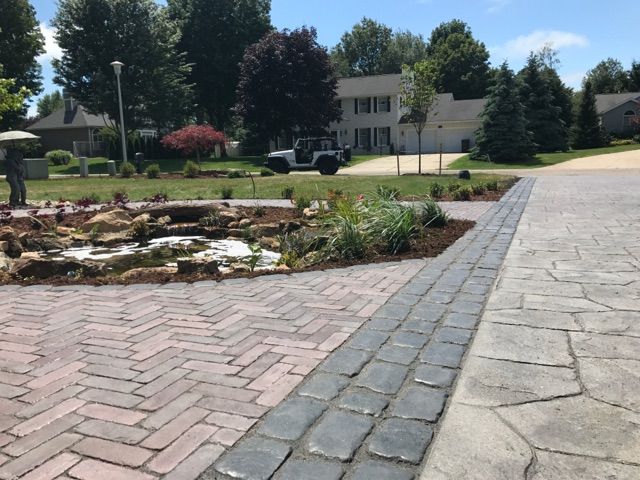

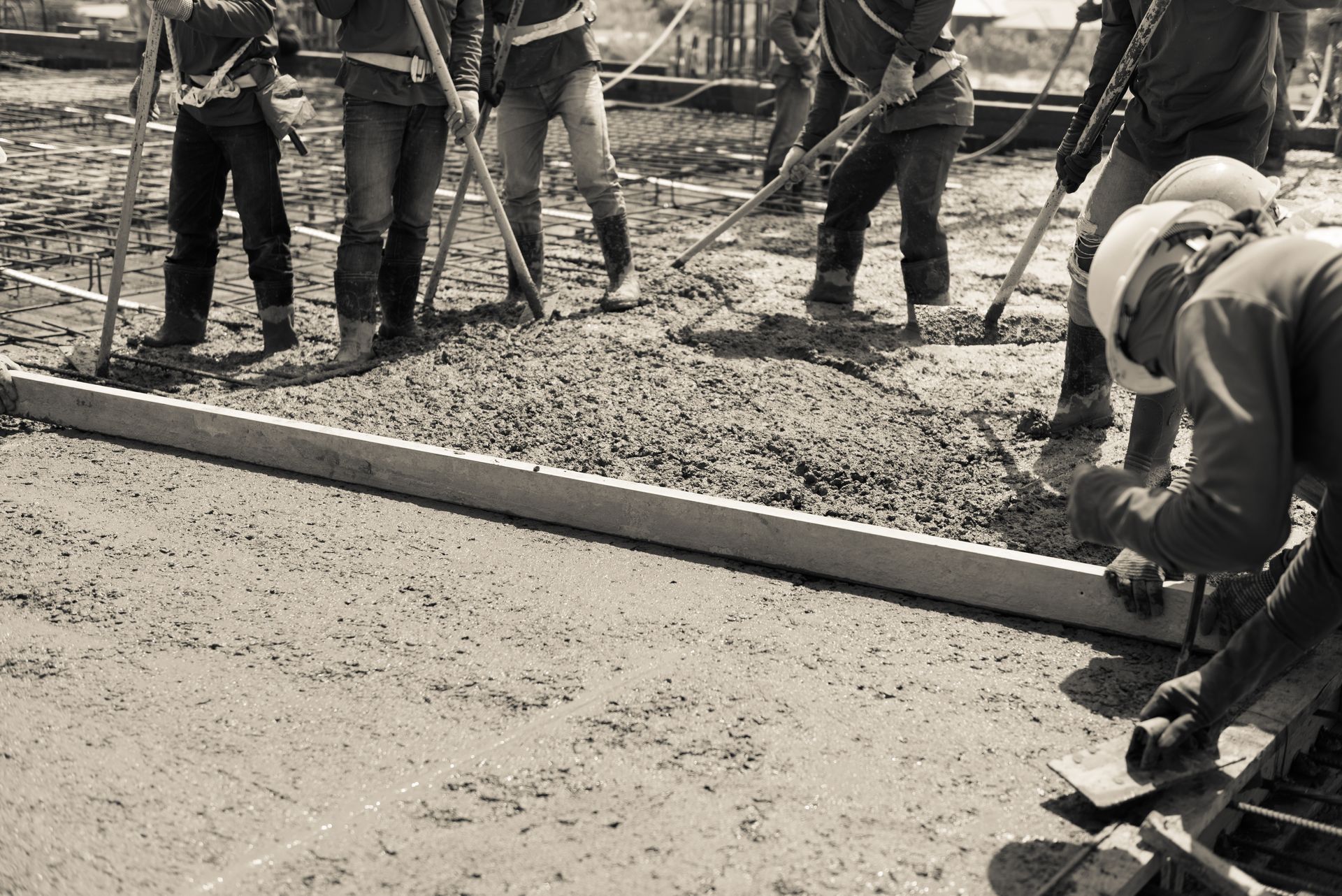
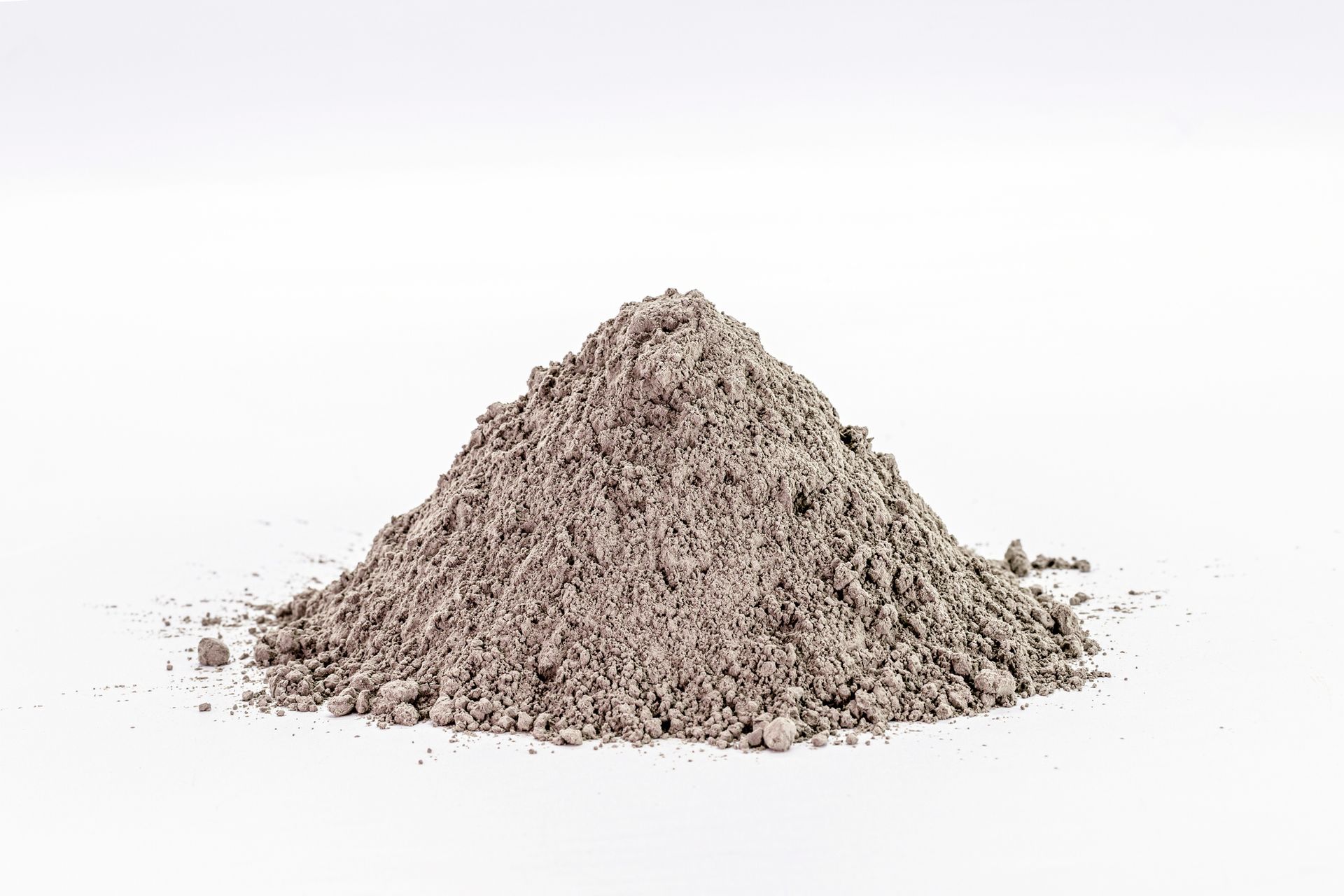

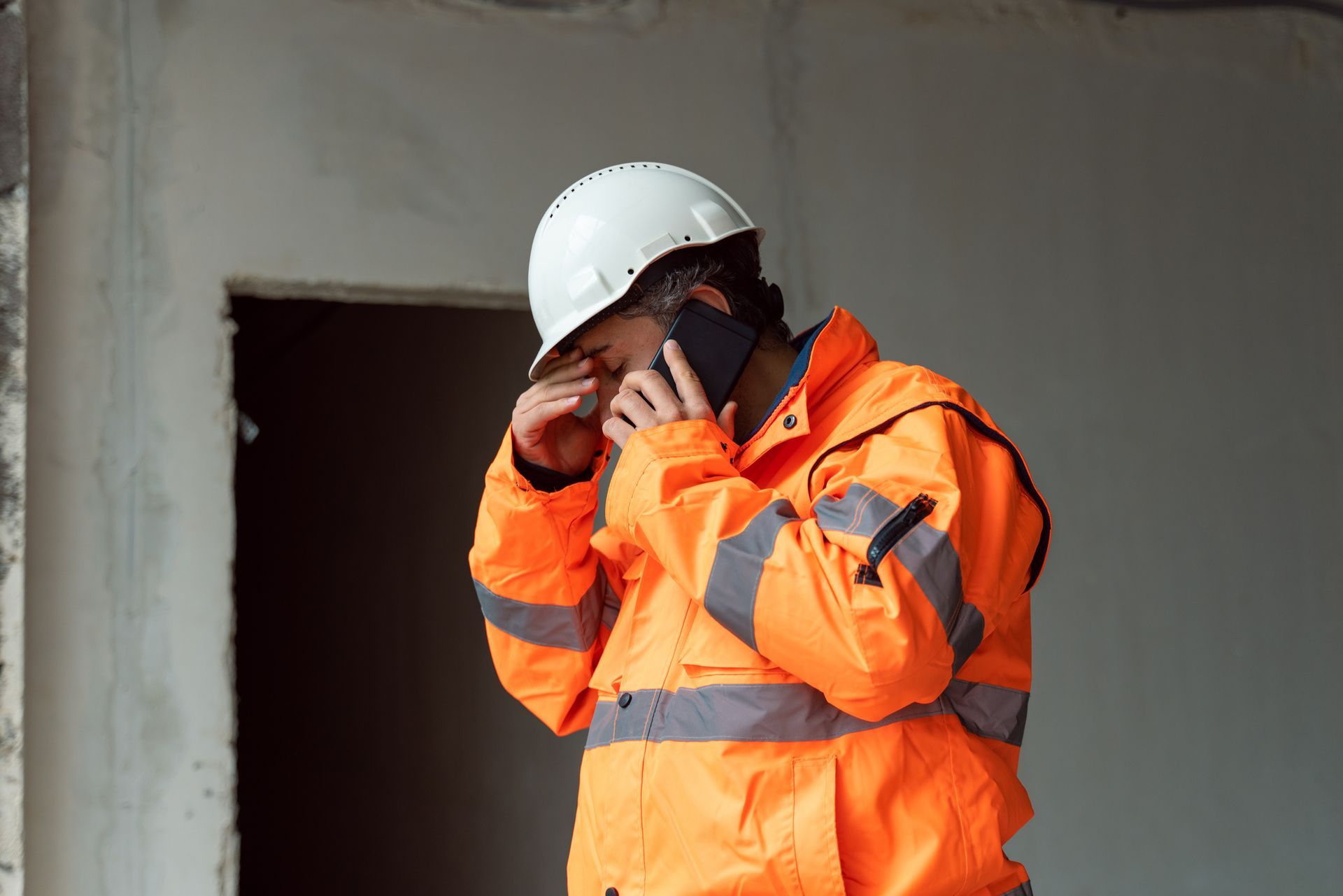

CONTACT INFORMATION
Phone: (616) 254-7197
Address: Rockford, MI 49341
BUSINESS HOURS
- Mon - Sat
- -
- Sunday
- Closed
